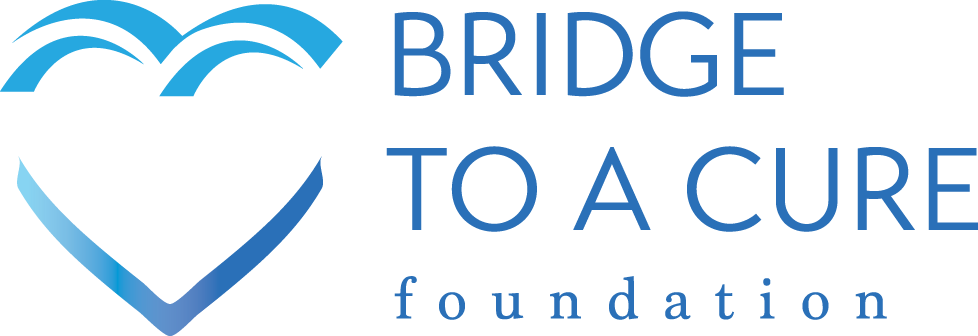Even among other pediatric brain tumors, high-grade glioma (HGG) is a disturbing diagnosis. It is the deadliest form of pediatric brain cancer and among the hardest to treat. These tumors grow deep within the brain, infiltrating healthy tissue so quickly and diffusely that even the best neurosurgeons cannot remove them completely.
For children and families, the statistics are staggering:
- HGG accounts for roughly 20 percent of all pediatric brain tumor deaths.
- Average survival is often less than two years from diagnosis.
- Existing treatments—surgery, chemotherapy, radiation—are toxic and largely ineffective, leaving those who survive with lasting physical and cognitive harm.
Despite decades of effort, survival rates for HGG have barely improved. Each year, more families hear the same heartbreaking words: “There are no good options left.”
Why Progress Has Been Sluggish
The traditional model of cancer research has unintentionally slowed discovery. For decades, hospitals and labs have stored patient samples and data within their own walls, developing therapies in isolation. This siloed approach meant that no single institution had enough cases—or enough diverse data—to reveal the full picture of how HGG grows, mutates, and resists treatment.
Without large, harmonized datasets, scientists could not:
- Identify the subtle biological patterns that differentiate tumor subtypes.
- Use artificial intelligence (AI) to predict treatment response.
- Design clinical trials fast enough to keep pace with the disease.
In short, every child’s story remained trapped inside a separate data silo.
Breaking Down Barriers Through Collaboration
The Children’s Brain Tumor Network (CBTN) has changed that story. CBTN unites more than 35 leading hospitals and research centers around the world, sharing biospecimens, imaging, and clinical data openly through the Pediatric Brain Tumor Atlas—one of the largest, most comprehensive datasets in existence. Bridge To A Cure is an Executive Council member of CBTN, helping to fuel this barrier-breaking momentum.
For the first time ever, researchers can see across institutions, compare results, and build on each other’s work with relative ease. This collaborative, open-science model has already begun to accelerate discoveries across multiple tumor types.
But for HGG—the most aggressive of them all—the work must go even further.
The Next Leap: Making Data FDA-Ready
CBTN now holds the largest open-access collection of HGG data in the world, contributed by 900 brave children and their families. To unleash its full power, this data must be verified, standardized, and connected at a level that meets FDA gold-standard quality—the rigorous benchmark required to design clinical trials, support regulatory submissions, and serve as the foundation for AI-driven discovery.
That is the focus of the Bridge To A Cure Foundation’s flagship initiative: The Clinical Validation of the High-Grade Glioma Cohort.
Through this project, specialists will:
- Clean and lock 900 patient records to regulatory-grade quality.
- Harmonize imaging, molecular, and clinical data across all sites.
- Validate these datasets in real time to inform AI-powered analyses and discoveries.
When complete, this will be the first FDA-ready pediatric brain-cancer dataset—a resource that researchers, clinicians, and regulators worldwide can trust to accelerate safer, more effective therapies.
How This Work Changes Everything
Validated, interoperable data is more than a technical milestone—it is the foundation for cures. With it, scientists can:
- Develop AI models that uncover molecular targets invisible to the human eye.
- Identify drugs that attack tumors while sparing healthy tissue.
- Launch clinical trials faster, guided by real-world evidence.
- Replace the old trial-and-error approach with precision, data-driven care.
For families, this means shorter paths to new therapies and treatments that heal without harm. For researchers, it means an end to guesswork and duplication. For donors, it means every dollar drives measurable, lasting change.
How Donors Fulfill the Promise
Bridge To A Cure Foundation is raising $150,000 to complete CBTN’s transformational work. Every contribution is urgently needed and helps prepare this data for global use, accelerates discovery, innovates through AI, and develops non-toxic therapies.
And now, thanks to a $50,000 matching gift from a generous anonymous donor, every donation made through the end of the year will be doubled.
The 900 children who contributed their data have given all they can. Now it’s our turn to honor that courage by turning data into discovery and discovery into cures.
Double your impact. Fulfill the promise.
Donate at bit.ly/BTAC-double-impact.






